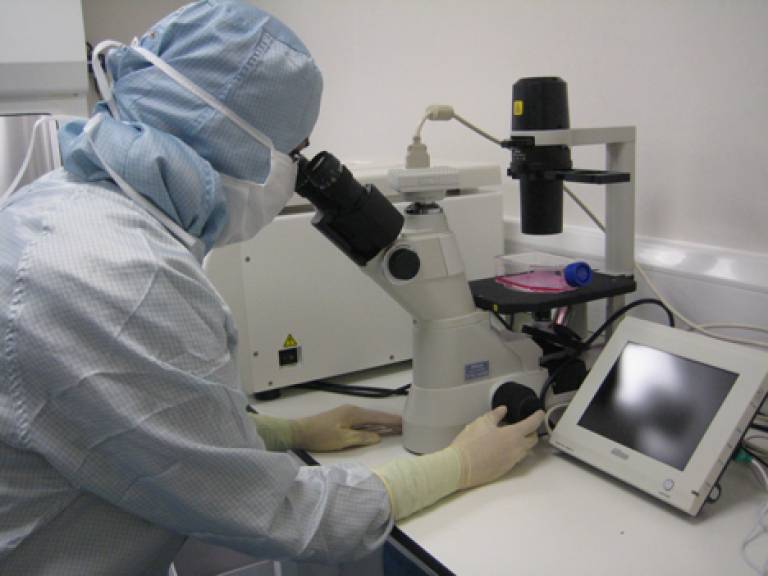Eye disease cash for TAP Biosystems
29 April 2012

TAP Biosystems, which supplies cell culture systems and consumables for life science applications, has received further funding from the UK’s Technology Strategy Board.
The unspecified investment will advance the Cambridge UK company’s development of a biomimetic cornea to treat corneal surface disease, into pre-clinical research and a safety trial in two patients.
TAP will continue the collaboration with Professor Julie Daniels and her team at the Institute of Ophthalmology, University College London (UCL), developing the RAFT 3D tissue production technology to create high quality and consistent clinical grade tissues.
Professor Daniels, who began researching the clinical use of adult stem cells for repairing the human ocular surface over a decade ago, has been collaborating with TAP since 2008.
Her work has already shown that RAFT tissues, seeded with epithelial stem cells, can create corneal tissue which closely mimics the cells’ in vivo environment and supports stem cell growth, offering the potential to improve significantly on current success rates of ocular surface transplant surgery.
Professor Daniels said: “There is a genuine clinical problem with some biomaterials used to culture and transplant cells: The first generation material used in our transplant programme had a 40 per cent failure rate because the stem cells seeded on them do not always grow optimally.
“The RAFT process creates a natural collagen scaffold that can be engineered to replicate features of the stem cell niche and is a more realistic environment to support the stem cell population.
“The additional funding we have received from the Technology Strategy Board is a great vote of confidence in the potential of RAFT to deliver a corneal tissue equivalent, which we believe will be more effective in treating patients with blinding corneal surface damage.”
Dr Rosemary Drake, CSO at TAP Biosystems added: “Professor Daniels is one of the founding scientists in the application of stem cells for repair of the human ocular surface and we are delighted to have received the funding to continue developing the RAFT technology for her group to use in the clinical phase of their research.
“We look forward to seeing the results of the pre-clinical and clinical studies because they could provide the proof-of-concept that 3D tissues produced by the RAFT process have the potential to become novel regenerative therapies, which will enable more effective treatment of a range of debilitating conditions.”
Published 26th April 2012 in Business Weekly
 Close
Close

